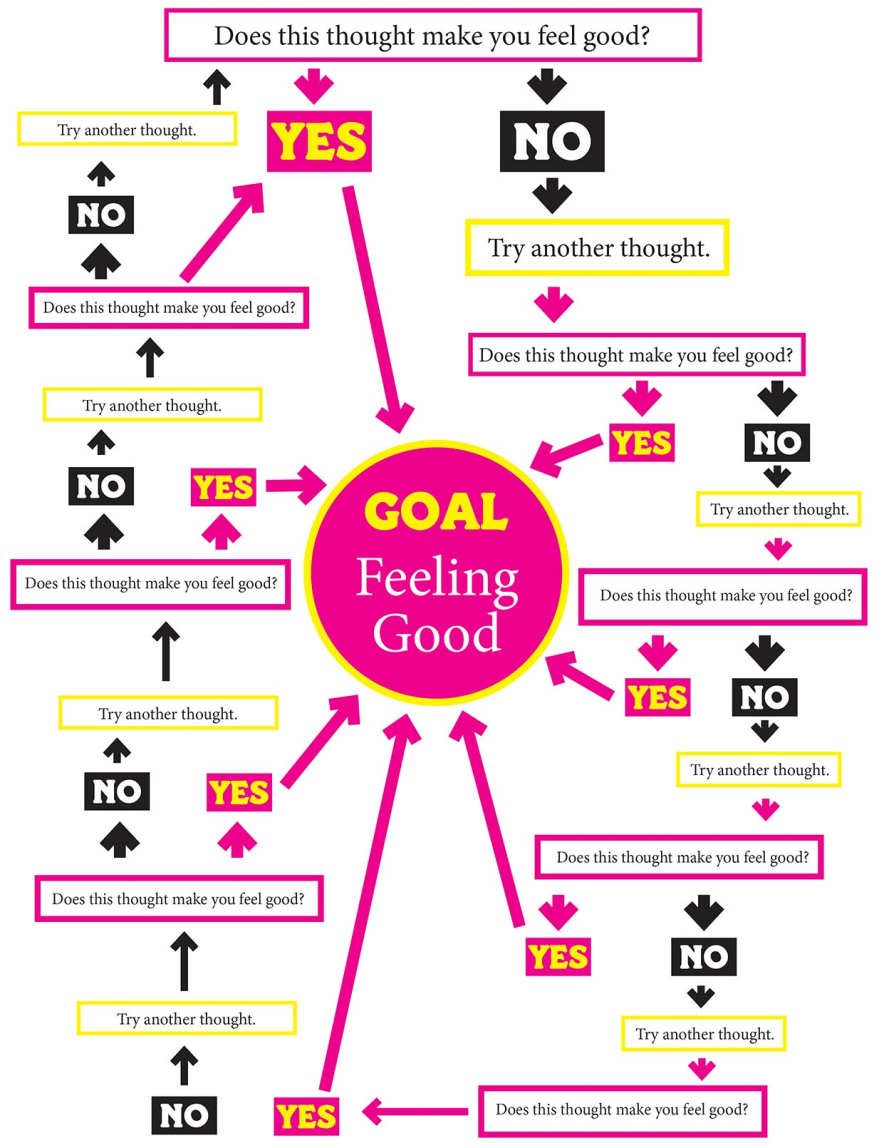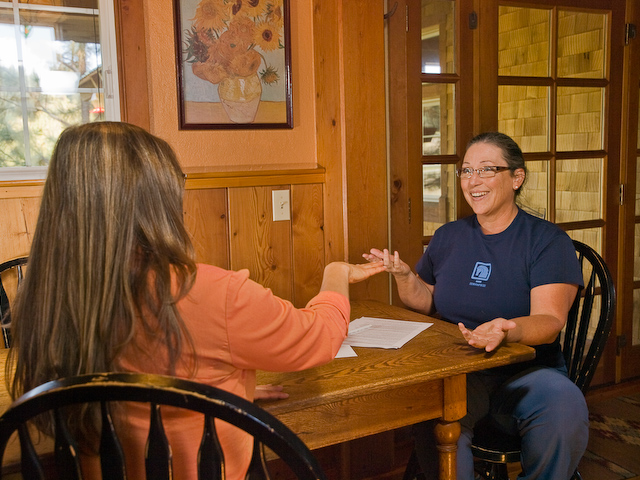How to use the Emotional Guidance Scale
How to use the Emotional Guidance Scale as a
supportive tool to feel better
From a place of peace, we think more clearly, problem
solve better, feel more inspired, and enjoy the journey
along the way.

Graphic design by Lynda Modaff
Sharon’s version of the Emotional Guidance Scale
Orginal material from Abraham Hicks
-

- Joy/Knowing/Connectness/Engaged/Unconditional Love/Euphoria
- Passion, playfulness, inspired, free, empowered, happiness
- Enthusiasm/Eagerness/
- Optimistic/Positive Expectations
- Hopeful
- Content/Gratitude/Appreciation
- Boredom
- Frustration/Irritation/Impatience/Pessimistic
- Overwhelm, feeling stuck
- Doubtful, hesitant, confused, disappointed, sad
- Worry, Fretful
- Blame, Regret
- Discouragement
- Anger, Rage, Fear
- Hopelessness, depression, apathy, numbness
Start from the premise, that you want to
feel good and follow the joy
- Notice where you’re at on the scale.
Be like a curious scientist, getting useful information.
Remember, emotions are just guidance, just like our
guidance of hunger or the ability to
feel hot and cold.
Being cold might be uncomfortable, but it is good
information to guide you to keep you warm and safe.
And it can guide you to the comfort and pleasure of
being warm.
- Let it be “OK” wherever you’re at.
It is just guidance, it doesn't mean anything is wrong.
Just like you'd use the information of hunger to guide
you to food and give your body what it needs, use your
guidance to guide you to better feeling places. - Show up for the emotions, if they are negative, soothe
them, and give yourself relief.
One way to work up the scale is to talk yourself up to a
better feeling place.
Example:
Let’s say I feel worried because I just got a call from the
school and was told my child was bullied and was now in
the nurse’s office waiting for me to pick him up.
I identify my feelings: worried and scared for my child.
I acknowledge the worried and scared feelings but in a
supportive and loving way.
“That’s ok that you’re worried. It’s natural to feel worried
and scared when you feel the well-being of your child is
threatened.”
Then I remind myself I want to move up the scale to a
better feeling place, where I can be a loving supportive
presence for my child.
I play around with different thoughts, to see what gives
me soothing, relief, or comfort.
Possible examples of looking for thoughts that might
make me feel better.
“I’m thankful for the woman who called, and let me know.
I appreciate there our people at the school that care and
are looking out for the kids. I’m thankful they called me right
away and let me know what was going on. I do know there
are good people there. I really like my son’s teacher. This was
just one incident, and I know he has had a lot of positive
interactions with friends both at school and at home."
How do I know which thoughts are working?
The ones that make you feel better.
Why do we want to feel better?
To feel good, plus, from a better feeling place we can focus
on productive thoughts and actions.
"There is no greater gift than feeling good in the now moment."
Sharon
